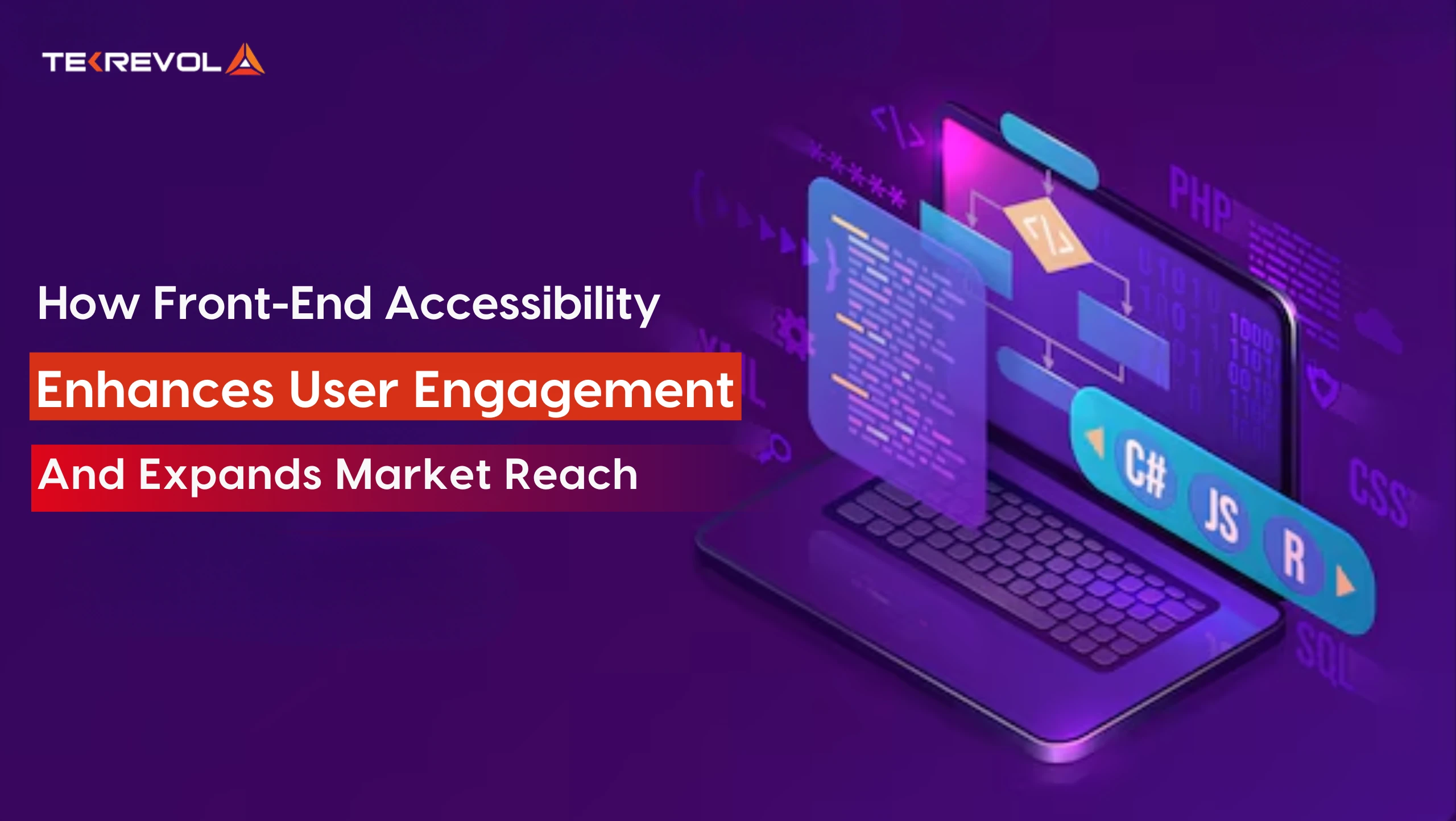Why Accessibility-First Development Matters
Creating accessible digital experiences requires a front-end strategy that seamlessly integrates user-centric design and compliance guidelines. Businesses that invest in accessibility gain a competitive advantage by enhancing engagement and reaching a wider audience. A Forrester Research report found that accessible websites have the potential to reach up to 15% more of the global population.
By prioritizing accessibility, businesses don’t just cater to users with disabilities—they improve usability for everyone. Features like easy navigation, clear typography, and adaptable interfaces create a frictionless browsing experience, benefiting all users. Additionally, inclusive design enhances customer trust, showing that a brand values diversity and equal access.
- Make Your Website Inclusive for Everyone!
- Enhance engagement and expand your audience with accessibility-first development.
Key Accessibility-Driven Front-End Features
- Keyboard Navigation – Ensuring users can navigate seamlessly without a mouse.
- Screen Reader Optimization – Structuring content so assistive technologies can interpret it accurately.
- Color Contrast & Readability – Enhancing text visibility for users with visual impairments.
- Responsive Design – Making interfaces adaptable for all devices and screen sizes.
- Alt Text for Images – Providing meaningful descriptions to assist visually impaired users.
- Accessible Forms – Implementing clear labels, error messages, and input assistance.
- Voice Command Support – Enabling users to interact with the interface through voice controls.
As technology evolves, AI-driven accessibility tools are further improving how websites cater to different users. Features such as automated alt-text generation, real-time captioning for videos, and AI-powered screen readers are making the web more inclusive than ever before.
The Business Impact of Accessibility
Investing in front-end accessibility leads to tangible benefits:
- Better User Experience – More intuitive interfaces result in higher satisfaction and engagement.
- Expanded Audience Reach – Businesses tap into a market segment often overlooked.
- SEO Boost – Search engines favor accessible websites, improving search rankings.
- Legal Compliance – Meeting accessibility guidelines helps avoid lawsuits and penalties.
Beyond compliance, accessibility fosters brand loyalty. A study by the Click-Away Pound report found that 71% of users with disabilities will leave a website if it is difficult to use. By making digital platforms more inclusive, businesses ensure that no potential customer is left behind.
Conclusion
Accessibility is no longer an optional feature—it’s a necessity for businesses looking to improve engagement, SEO performance, and customer satisfaction. By adopting an accessibility-first approach in front-end development, companies can future-proof their digital presence while making the web a more inclusive space for all users.
- Take the First Step Towards Digital Inclusion!
- Ensure your website is accessible, user-friendly, and legally compliant.

 244 Views
244 Views April 3, 2025
April 3, 2025









